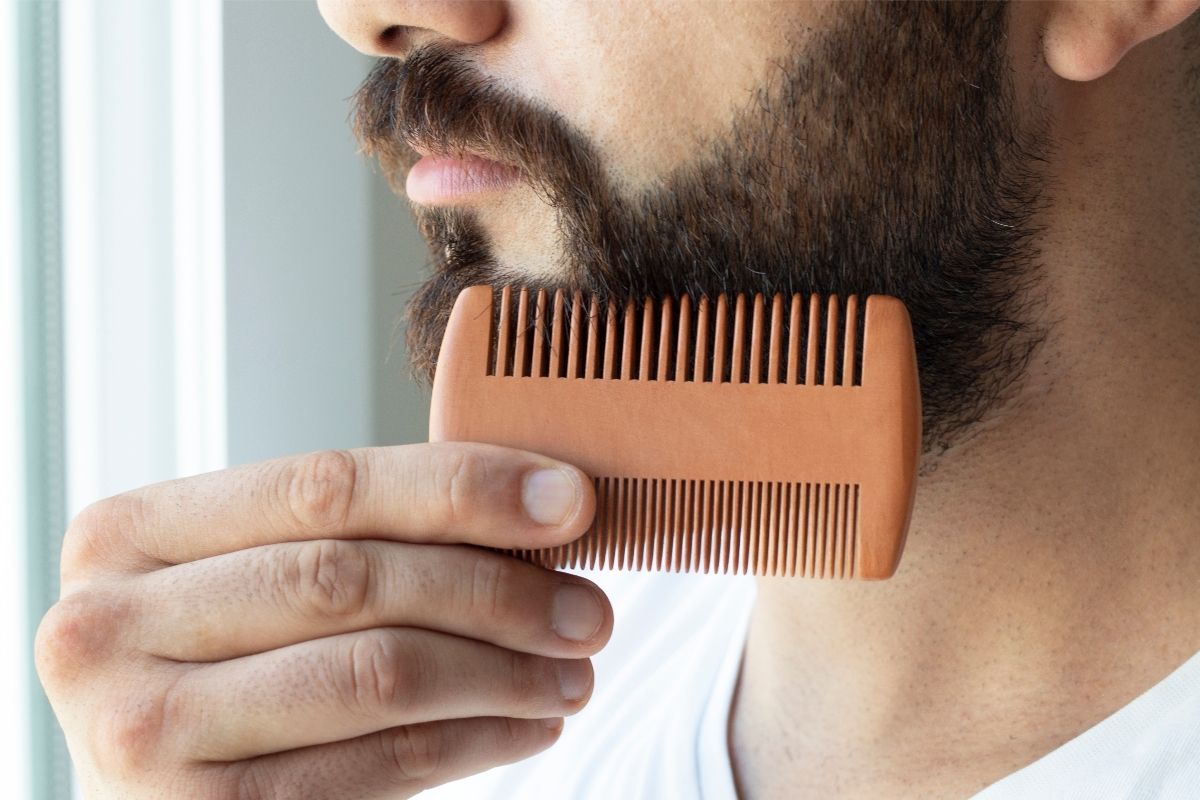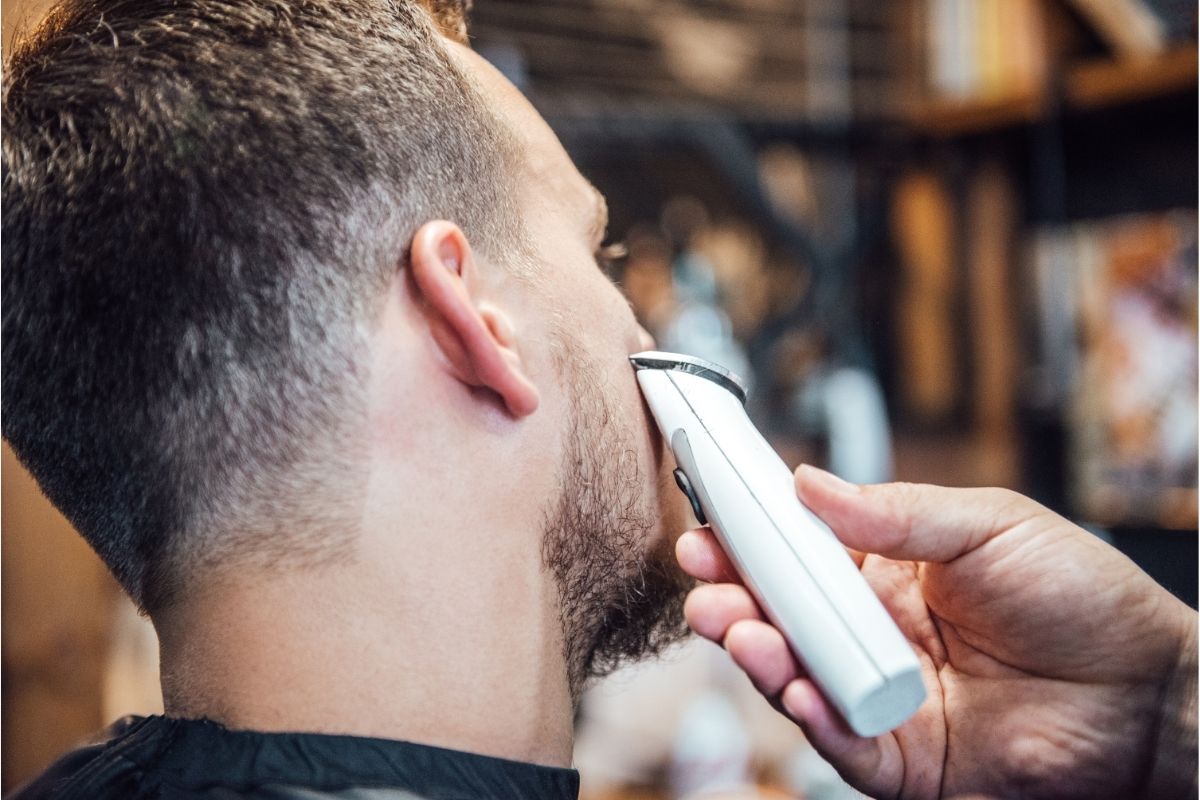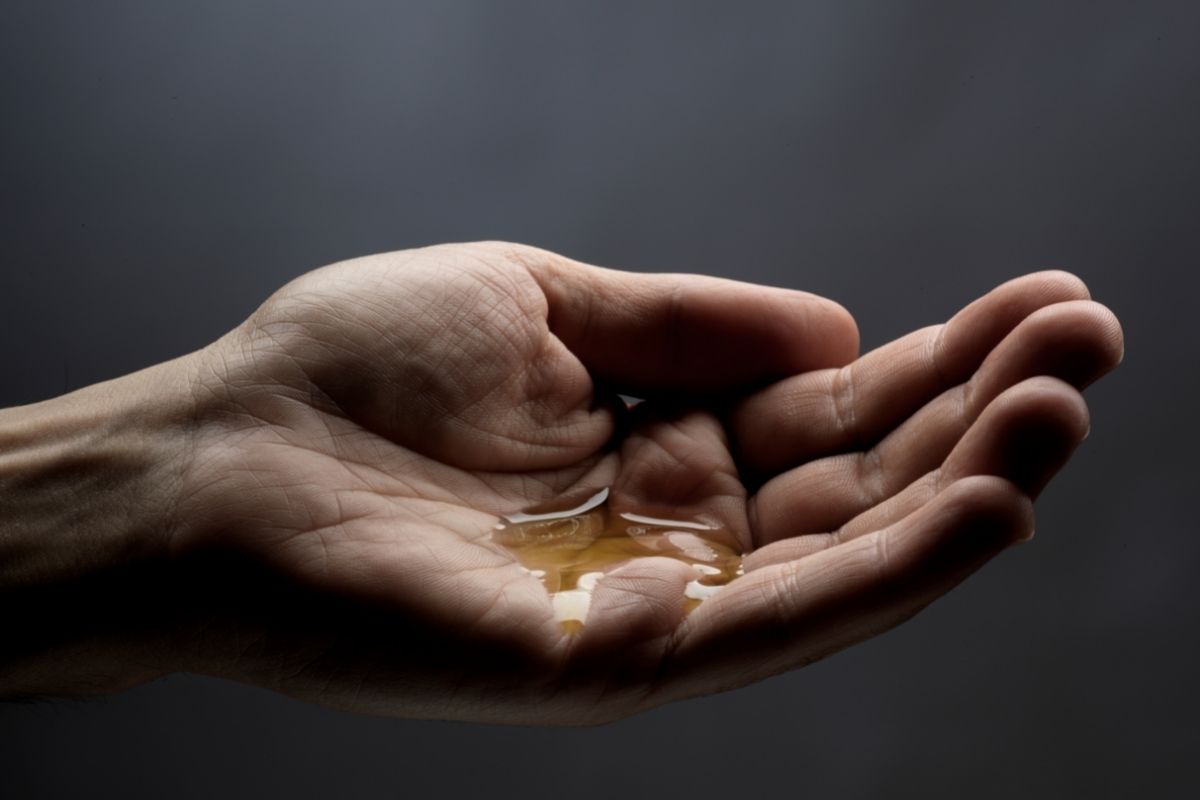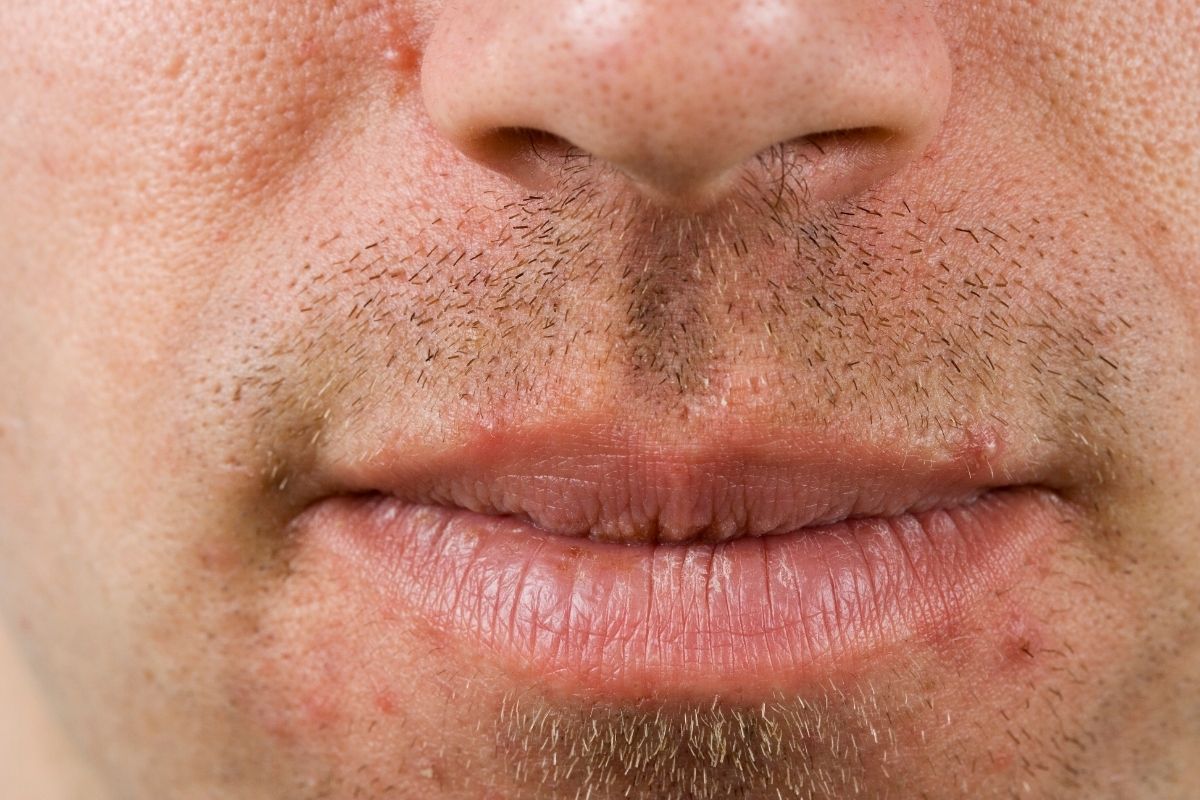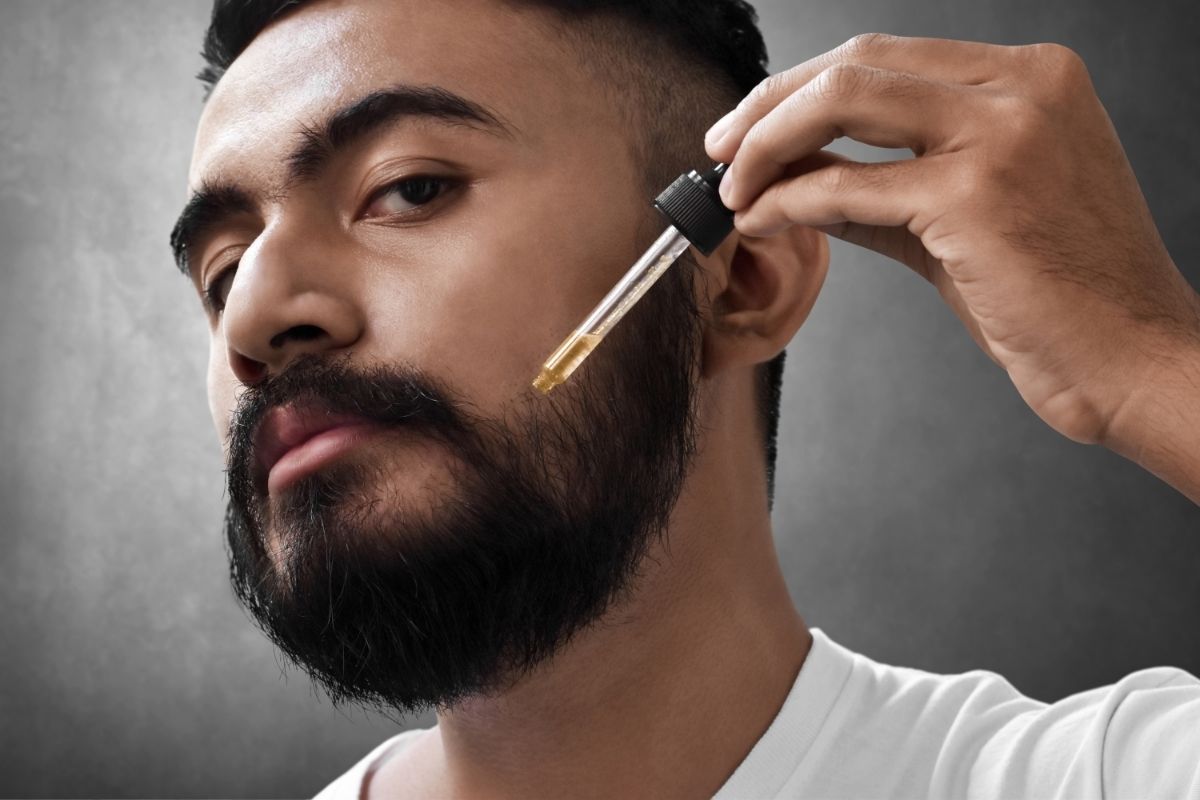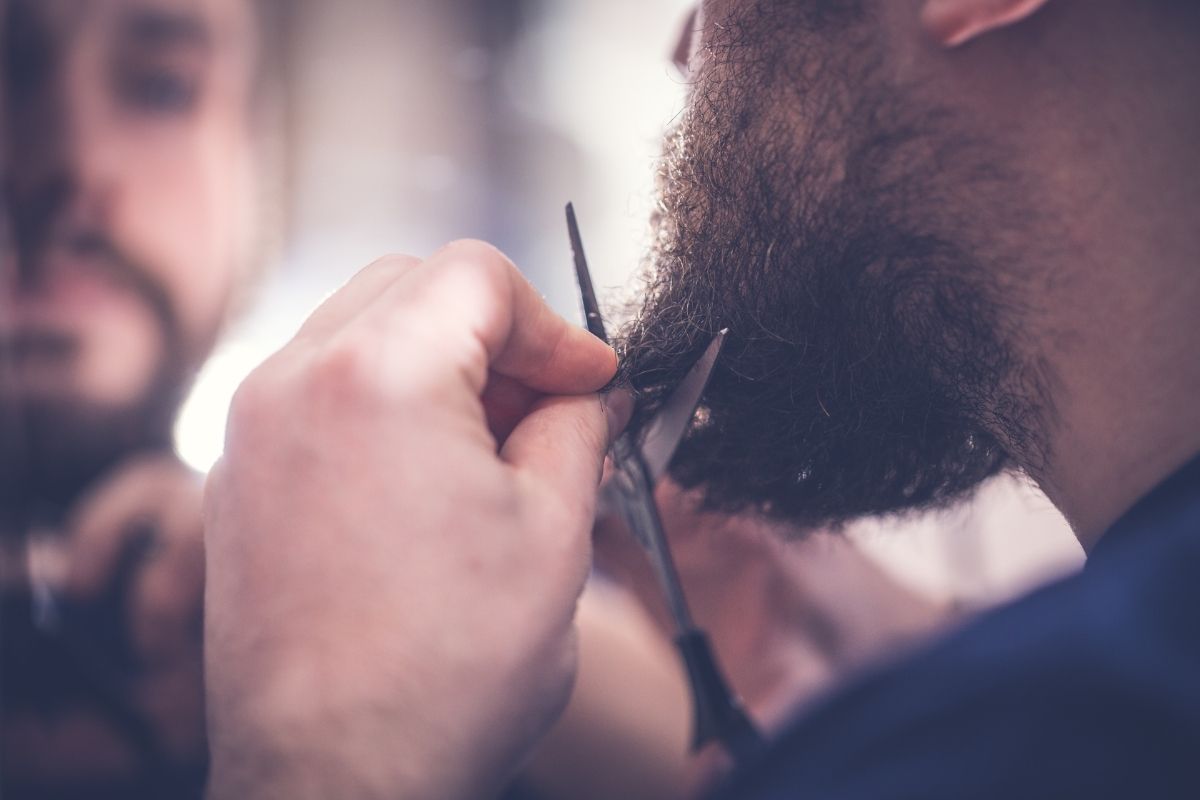Shaving can be a nightmare. Whether you’re new to shaving or not, nothing is quite as uncomfortable as razor burns, ingrown hairs, and endless bloody cuts. Is all that work for a clean shaven body even worth it?
It’s no secret that everyone has their own shaving routine, and not all routines are transferable. Our skin reacts differently to certain products and techniques, which is why some people swear by shaving steps such as moisturizing, what razor to use, and exfoliating.
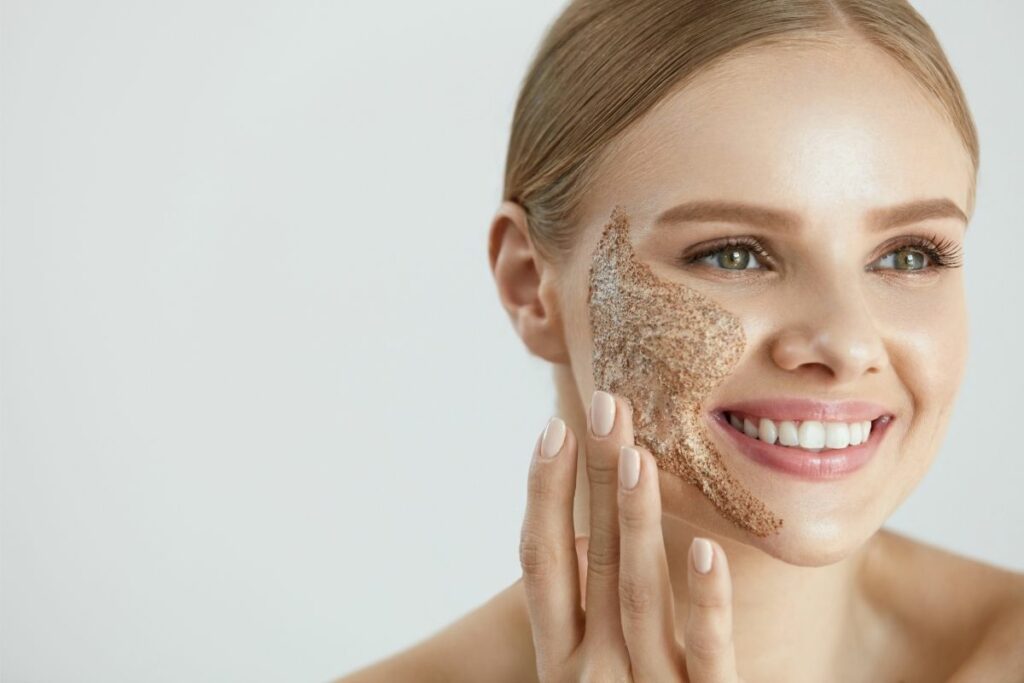
Regardless of what part of your body you want to shave (beard, legs, underarms, or bikini), exfoliating is undoubtedly the key to a good shave.
You know, one of those close shaves with minimal side effects. Problem is, do you exfoliate before or after shaving?
Here is everything you need to know about when to exfoliate to get the perfect shave!
When To Exfoliate While Shaving
For the best results, you need to exfoliate before shaving. Exfoliating is a necessary step when shaving any part of the body, because exfoliators work to rid the skin of dead skin cells.
Did you know that humans shed approximately one million dead skin cells within 24 hours?
That’s a lot of dead skin cells that are clogging up our pores. Without removing them with the right product, they can cause an array of issues.
Exfoliators remove those dead skin cells from staying in our pores along with bacteria and pollutants, which are responsible for causing breakouts and acne.
These scrubs open up the hair follicles, thus allowing for a clean shave without the risk of creating ingrown hairs.
Not only this, but committing to exfoliating your body and face regularly aside from shaving stimulates collagen production. Collagen keeps your skin looking young, healthy, bright, and clean.
So, the main reason why you need to exfoliate before shaving is because exfoliating is the perfect way to prep your skin.
The scrub-texture of exfoliators work to open the pores holding hair follicles, encouraging any potential clogged pores to open up and rid themselves of bacteria, oil, and dead skin cells.
When a razor goes over these pores, instead of cutting the clogged hair (and resulting in an ingrown hair), it will cut the hair neatly. This will encourage the hair to grow back properly next time.
If you exfoliate after shaving, you risk irritating your skin. Not only will it not do anything beneficial for preventing ingrown hairs or razor burn, but applying a scrub to sensitive shaved skin can cause painful irritation.
What Exfoliator To Use For Shaving
The key to exfoliating before shaving is to use a gentle scrub.
Harsh scrubs might feel good for stripping the skin of dead skin cells, but this can provide a raw surface for shaving, which will then lead to redness, irritation, and razor burn.
Gentle scrubs adequately prep the skin by cleaning the pores and softening the hairs, making it easier for a close shave.
If you use a heavy scrub, this will create micro cuts in your skin, thus increasing the risk of cutting yourself with the blade. This is also why dermatologists typically advise against using heavy scrubs regularly.
How To Shave Properly
It’s essential to prep your skin before shaving. Not only this, but it’s also important to know the key steps to provide a clean shave with minimal chance of cuts, redness, razor burn, and ingrown hairs.
Here is our step-by-step guide to how to shave properly!
Step 1: Wash your body
The first step is to wash your body in warm water, either in a bath or shower. Alternatively, apply a wash cloth dampened in warm water to your face.
This is because warm water opens up the pores and softens the hair. During this time, you can wash your body as normal with a body scrub or exfoliator.
If you really suffer from razor burn and ingrown hairs, soak your body in a bath of warm water for a longer time than normal.
Step 2: Exfoliate
If you didn’t exfoliate in the first step, now’s the time to do so! Use a gentle exfoliator on the chosen area and scrub into your skin in circular motions.
Make sure to rinse the area properly so no product remains.
Step 3: Shaving gel
Dry shaving is a sure-fire way to guarantee cuts, razor burns, ingrown hairs, pimples, redness, and dryness.
Instead of putting yourself through that unnecessary pain, make sure to apply shaving gel to the chosen area.
Shaving gel is a gentle cream that protects your skin from the harshness of a razor blade. It also helps you keep an eye on what part of the body hasn’t been shaved yet.
Step 4: Shave
It’s time to hack away! First and foremost, make sure you’ve got the right razor at hand. Most razors only have a lifespan of 5-10 uses, and even with proper skin prep, blunt razors can cut your skin and cause razor burn.
The way you shave your hair depends on what part of your body you’re shaving. For your legs, you’ll need to start at the ankles and shave upwards.
For the bikini and underarms, shave in the direction of the hair growth.
The same applies to shaving a beard – shave in the direction of the hair growth, and then shave in the other direction for a closer shave.
Step 5: Dry and Moisturize
Once you’ve finished shaving, gently pat the area dry with a clean towel (or let the area air dry). Now, apply a gentle moisturizer to the area.
Not only will this prevent dryness and razor burn, but it’ll cool the sensitive area and leave your skin feeling soft and silky smooth.
This step is just as important as exfoliating, so make sure not to miss it! Plus, you don’t have to use moisturizer – oils such as coconut oil are just as effective.
Conclusion
So, there it is! We all know that exfoliating is a vital part to providing a clean shave, and now you know exactly where to implement the step into your shaving routine. Happy shaving!
- How To Trim A Beard With Scissors - February 28, 2022
- How To Make Your Beard Soft - February 28, 2022
- How To Bleach Tips Of Guys Hair - February 28, 2022


